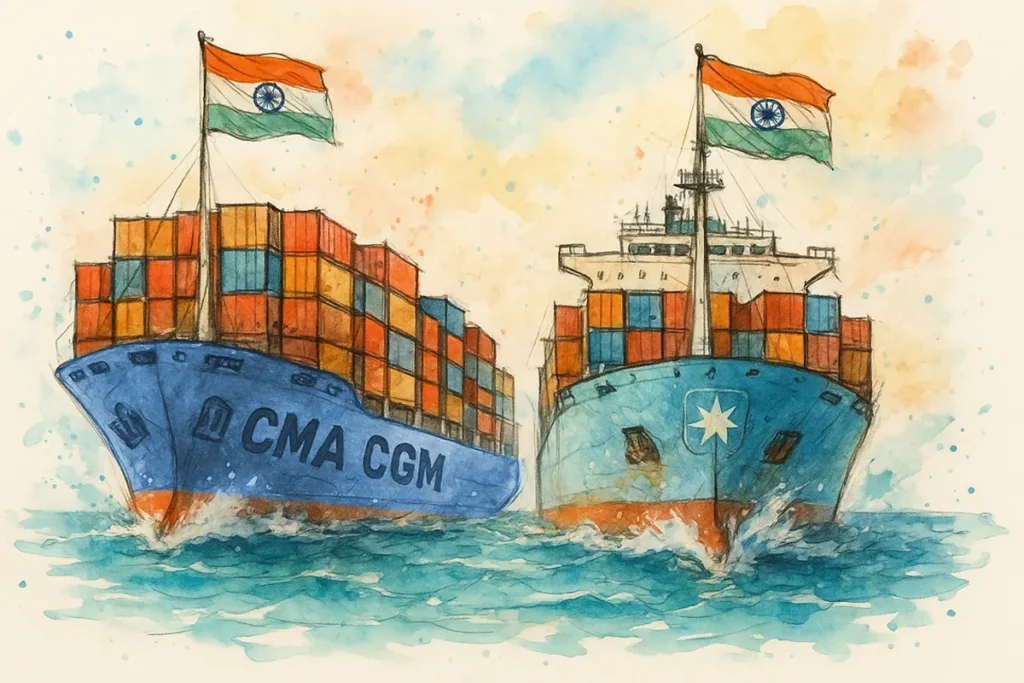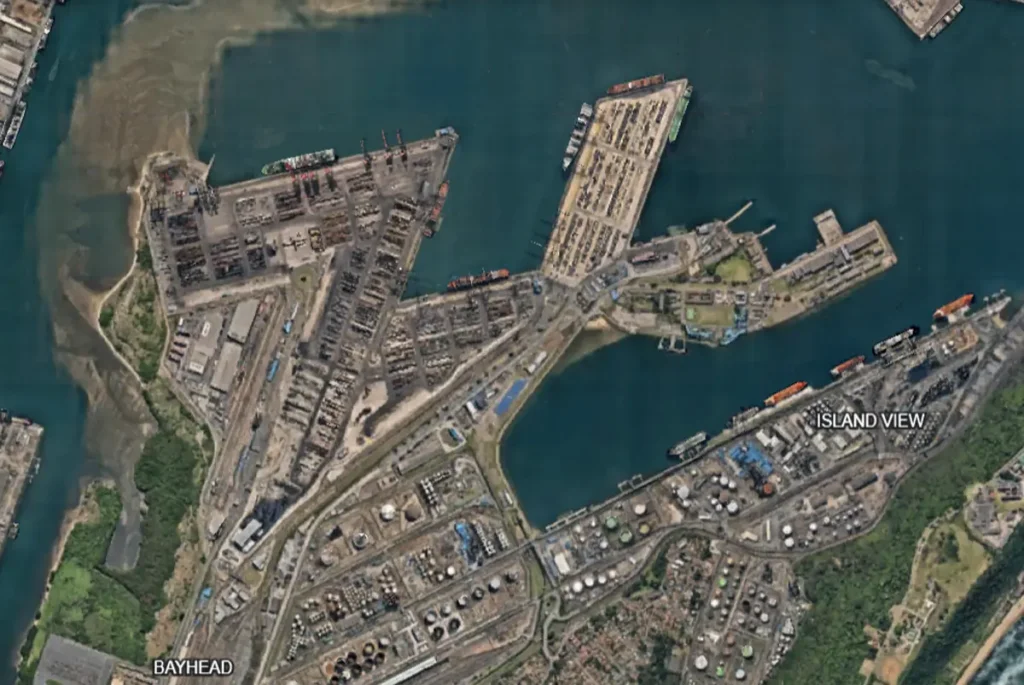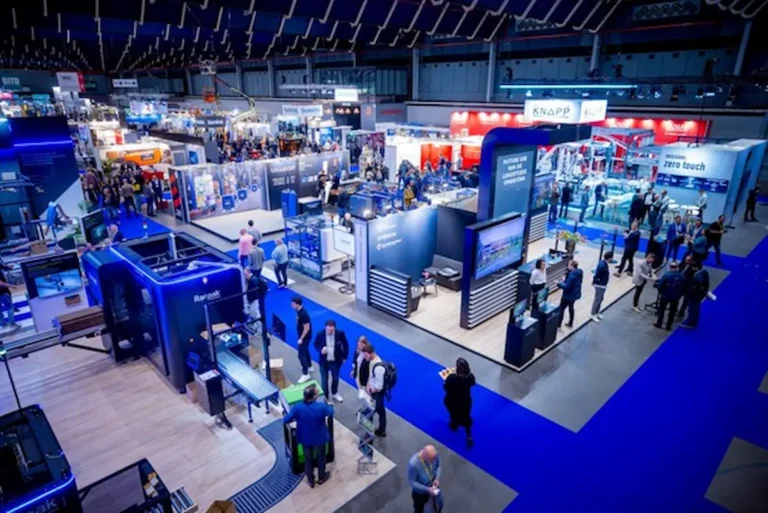- Nearly 40% of respondents say manual inefficiencies are their biggest challenge
- More than 60% are constantly rescheduling operations to deal with late carrier arrivals..
- 63% rank real-time yard visibility as the top feature they need to regain control
If you are like most logistics and supply chain leaders, you’ve probably put massive effort into optimising transportation lanes, digitising your warehouse, and integrating TMS and ERP platforms. But what if the weakest link in your chain is sitting right in your own backyard, literally?
The world of dock and yard management is a segment that is often overlooked and treated as a necessary nuisance rather than a strategic pillar.
If your operations are still stuck juggling clipboards, guesswork, and delayed trailers, the latest 2025 industry research suggests you might already be losing the race.
📉 Manual inefficiencies are still running rampant.
🛑 Yard congestion is disrupting flow in over a third of businesses.
👥 Labour shortages continue to bite hard, and the old fixes aren’t working anymore.
These are just the tip of the iceberg revealed in the State of Dock and Yard Management 2025 report — a comprehensive survey conducted by C3 Solutions featuring insights from senior leaders across manufacturing, retail, grocery, and distribution.
Why this report matters now
Dock and yard operations were once the backstage crew of the supply chain — invisible until something broke. Today, they’re front and centre in the fight for visibility, efficiency, and resilience.
Whether you’re struggling to scale during peak seasons, facing mounting costs from outdated systems, or exploring automation tools that actually work, this report brings to light what top-performing companies are doing differently — and what’s holding others back.
What the survey reveals
- The top operational bottlenecks businesses face — and which one is silently draining margins.
- Key features supply chain leaders are prioritising in their next-gen dock and yard tools.
- What “integration” really means when systems must talk across WMS, TMS, and ERP platforms.
- Why sustainability is fast becoming a selection criterion (and not just for ESG compliance).
- How leading firms are managing late arrivals and peak season chaos — without spiralling costs.
Still thinking it’s just a yard issue? Think again.
An inefficient yard is not just a local problem, it ripples upstream to your warehouse throughput and downstream to your customer promise. As supply chains get leaner and margins tighten, companies cannot afford to treat dock and yard operations as an afterthought.
This report is a wake-up call for those still operating in silos, hoping to outrun complexity with manual workarounds.
Let your yard stop being the bottleneck and start becoming a strategic advantage.
Download the full report here and arm yourself with the data you need to make meaningful improvements before the next disruption hits.













